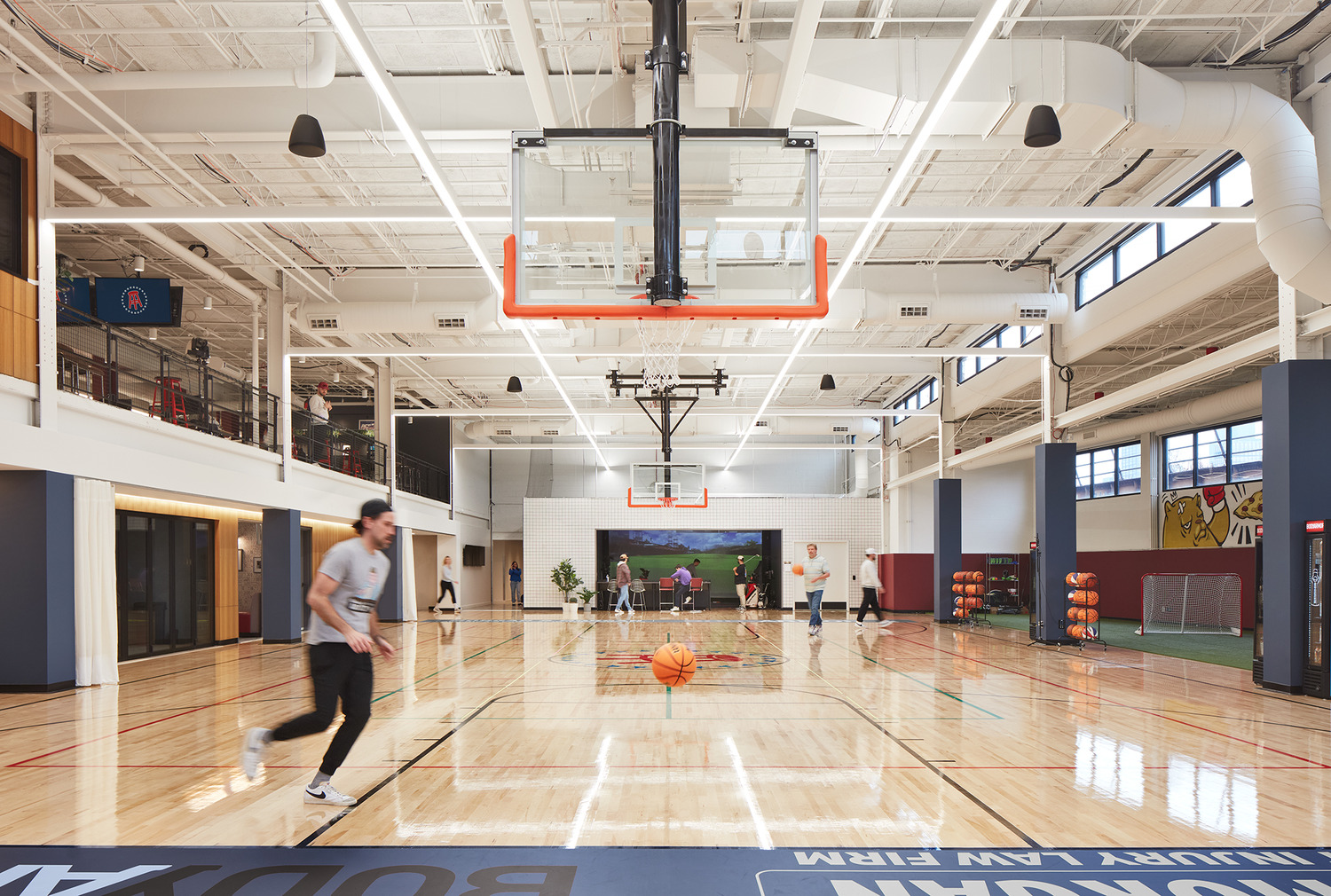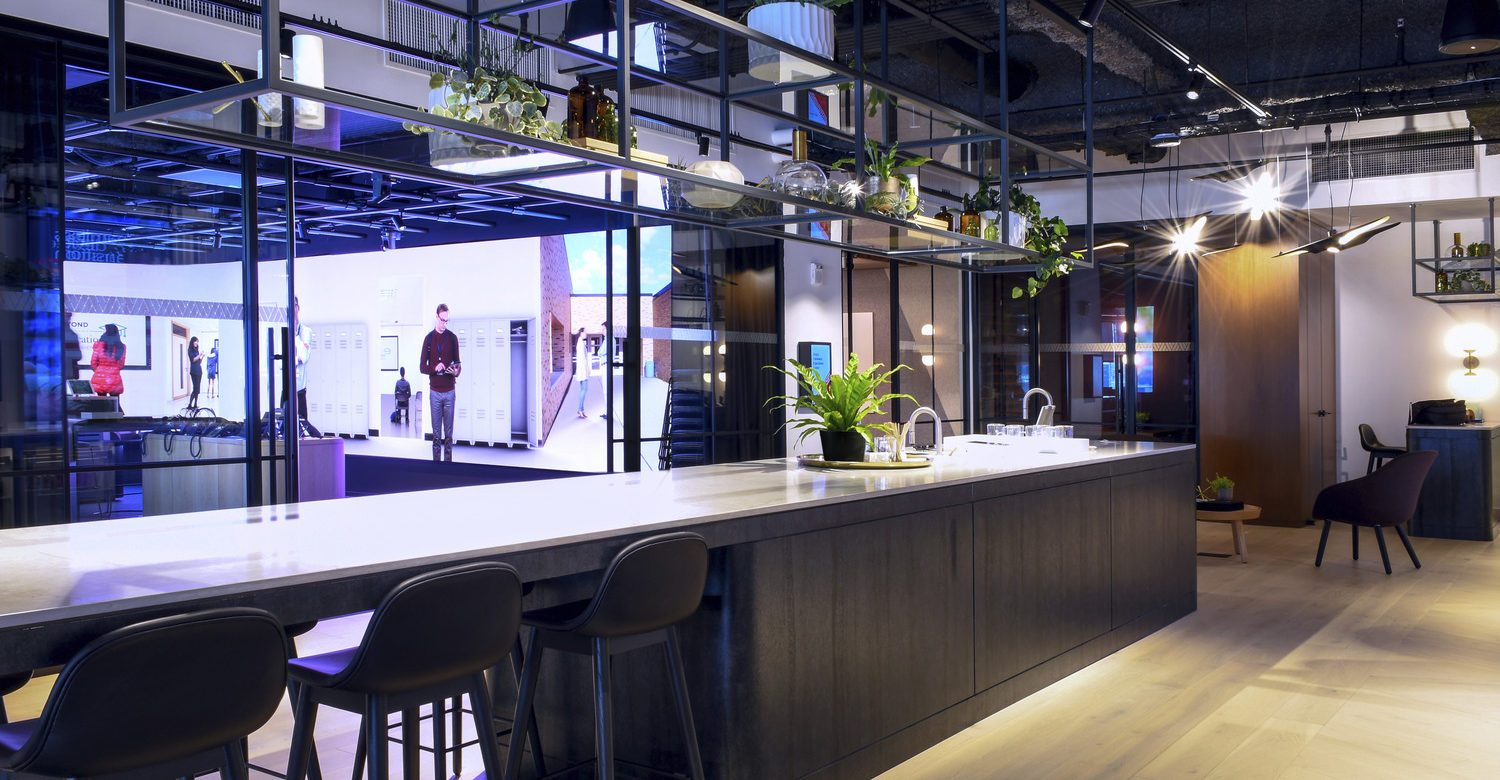


24 August 2022


By: Marc Marzane
A study by the Society for Human Resource Management (SHRM) reported that it costs a company on average six-to-nine months of an employee’s salary to replace them. As one of the fastest growing and competitive industries, tech companies experience higher than average turnover. Knowing this, companies are seeking out new and better ways to improve employees’ in-office experience. Tech and gaming companies have always been a leader in employee satisfaction when it comes to their offices, but there is always room to one-up themselves – or their competitors. One of the best ways they accomplish this is by incorporating employee input and feedback in the design. Studies have shown that when employees are involved in the decision-making on their office’s construction project, they are significantly less resistant to the inconveniences that can come with working in an office during construction. Employee engagement also dramatically increases.
When renovating their existing offices, tech companies often work with their general contractors to ensure their employees still have access to at least some of the amenities they are accustomed to. Whether they choose to break up a project into phases to keep food service available, or get creative with coffee trucks outside, the main goal is to minimize the disruption of employee routines. It’s the responsibility of a general contractor to align with the client’s goals and get creative to keep employees comfortable throughout all phases of construction.
Best practices have shown that if companies don’t ask staff for input when designing and building office space before starting construction, employees likely won’t see the project as beneficial. They may also be less satisfied with the finished product. No matter how small a renovation or build-out, it is essential for a project team to communicate with the end users of the space and get their suggestions. Employees may suggest relocating certain amenities for increased convenience. Or building slightly larger video conferencing rooms that can more comfortably fit two people and also have a dual purpose for one-on-one collaboration.
Employees should also be engaged during the construction process. Sharing a timeline or conducting bi-weekly updates allows employees to keep up with what is going on in their work environment. Many tech companies even schedule time for their employees to walk through the site and ask questions.
For example, Zynga, a developer of social video game services, has shared timelapse or drone footage of construction with employees so they can see exactly what happened during a given time period. This communication requires very little work but it can go a long way to making staff feel like they play a role in the success of the project. The more staff is involved in a renovation, the less likely they are to feel inconvenienced by the construction. They can even be excited about it.
A comfortable work environment and active construction don’t usually go hand-in-hand, but there are many ways to minimize disruption for employees while working to improve their space. A good practice is getting a schedule of important company meetings, events, or leadership visits upfront and build that into the initial project schedule. With time to plan, contractors can pause noisy work on specific dates, and schedule area closures around employee events. Companies can also consider night or weekend work. This comes at a premium, but it also results in a lot less disruption to employees.
Additional creative solutions to minimize the impact of construction can include temporary installations. Temporary walls blocking off a construction area can be soundproofed to an extent, making employees much less aware that work is occurring around them. Construction teams can also run temporary power and data to certain areas like coffee or tech bars to keep them fully active and available to tenants. This allows productivity to remain consistent, because employees can still have the amenities they’re used to having in their office space.
It’s no secret that employees have options. Tech companies must work hard and invest to retain talent, and one of the most important places for this investment is in-office experiences. It is important for employees or potential employees to feel inspired from the moment they walk into a space. These offices should look like they’re built for creatives and be consistently refreshed to prevent them from becoming stale. While that adds an extra cost, there are many ways to creatively value engineer an update to achieve the intended design and functionality at a more affordable price
Additionally, trends show that companies should look at their offices with a hospitality mindset and view the workplace as an overall experience. Amenities are more critical than ever with the goal being that anything an employee could want – from exercise, to healthcare, to high-end dining – can be found in or near their office. This attracts potential candidates, retains employees and maximizes productivity.
To keep up with these trends, tech spaces are ever-changing. The constant refreshes required to stay with the times can make it feel like there is a never-ending cycle of construction going on, but with the right strategies, the benefits will far outweigh the downsides.